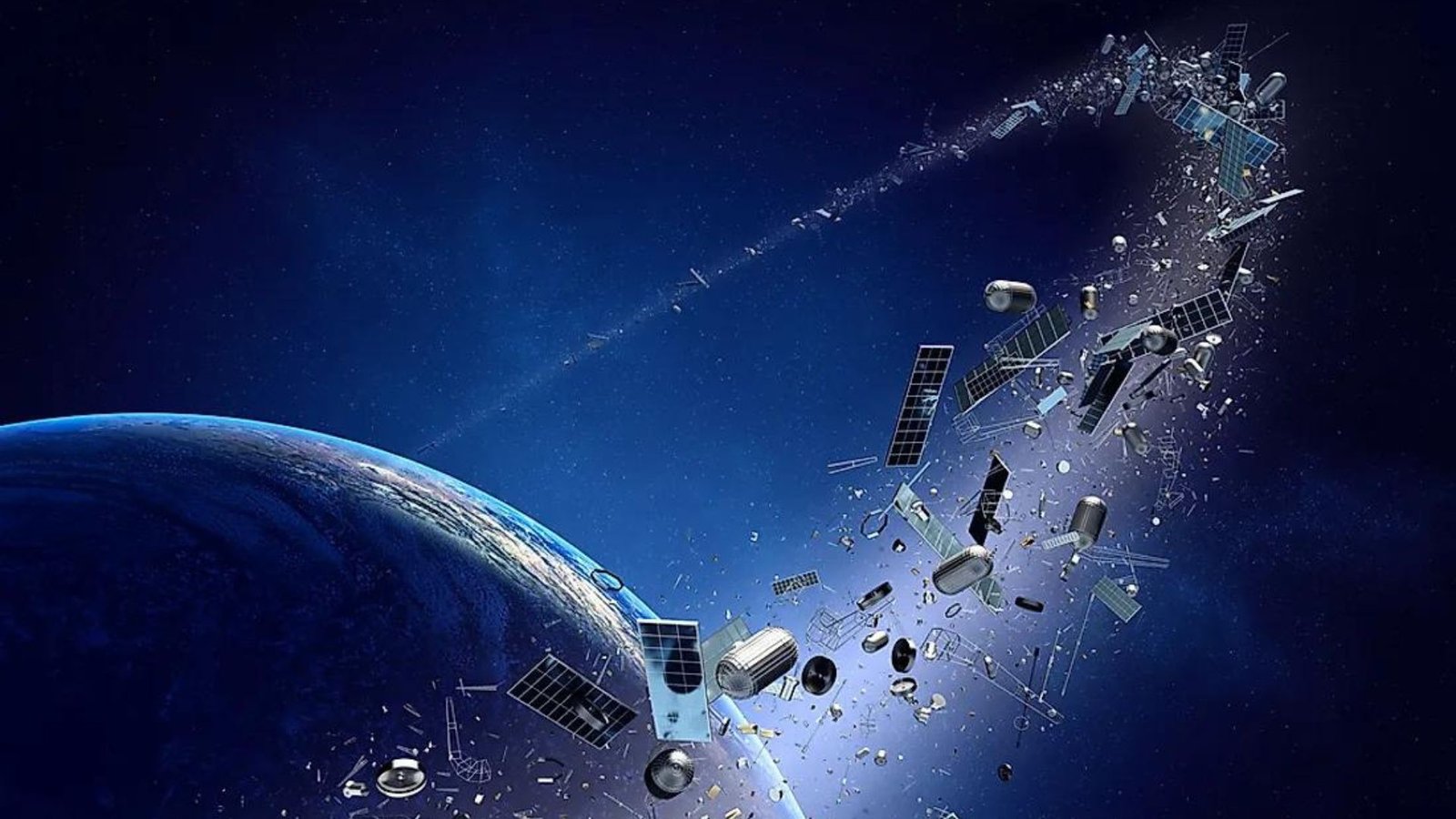In the vast expanse of space surrounding our planet, an intricate network of artificial satellites tirelessly orbits, serving a multitude of purposes ranging from communication and navigation to scientific research and Earth observation. These man-made marvels, numbering in the thousands, have revolutionized our way of life, fundamentally transforming how we communicate, navigate, and understand our planet and beyond.
Origins and Evolution
The journey of artificial satellites began in the mid-20th century with the launch of the Soviet Union’s Sputnik 1 in 1957, marking the dawn of the Space Age. Since then, numerous countries and organizations have joined the space race, launching satellites into orbit for various purposes. Over the decades, technological advancements have led to the proliferation of satellites, with each successive generation boasting enhanced capabilities and functionalities.
Types of Satellites
Satellites can be categorized into several types based on their intended applications:
- Communication Satellites: These satellites form the backbone of global telecommunications networks, facilitating voice, data, and video transmissions across vast distances.
- Navigation Satellites: Navigation satellites, such as the Global Positioning System (GPS), provide precise positioning and timing information for navigation purposes, enabling applications ranging from aviation and maritime navigation to location-based services on smartphones.
- Earth Observation Satellites: Earth observation satellites capture high-resolution imagery of Earth’s surface, enabling applications such as environmental monitoring, disaster management, urban planning, and agricultural monitoring.
- Weather Satellites: Weather satellites continuously monitor Earth’s atmosphere, oceans, and land surfaces, providing crucial data for weather forecasting, climate research, and disaster preparedness.
- Scientific Satellites: Scientific satellites are designed to conduct various experiments and observations in space, studying phenomena such as cosmic radiation, gravitational waves, and celestial bodies.
Challenges and Risks
While satellites have revolutionized modern life in countless ways, their proliferation has also raised concerns regarding space debris and orbital congestion. The growing number of defunct satellites, spent rocket stages, and fragments of disintegrated spacecraft pose a significant risk of collisions, potentially generating even more debris in a cascade effect known as the Kessler syndrome. Mitigating this risk requires international cooperation and the development of strategies for satellite deorbiting and debris removal.
Future Prospects
Looking ahead, the satellite industry shows no signs of slowing down, with continued advancements in miniaturization, propulsion, and renewable energy technologies paving the way for smaller, more agile satellites known as CubeSats and the emergence of mega-constellations comprising hundreds or even thousands of interconnected satellites. These developments promise to further expand the capabilities of satellite-based services while simultaneously driving down costs and increasing accessibility.
Conclusion
As we gaze up at the night sky, it’s humbling to contemplate the sheer scale and complexity of the satellite infrastructure silently orbiting above us. From the humble beginnings of Sputnik 1 to the modern-day marvels of global connectivity and scientific discovery, satellites have transformed our understanding of the universe and reshaped the fabric of human civilization. As we continue to push the boundaries of space exploration and technology, the future of satellites holds endless possibilities for innovation and discovery.


